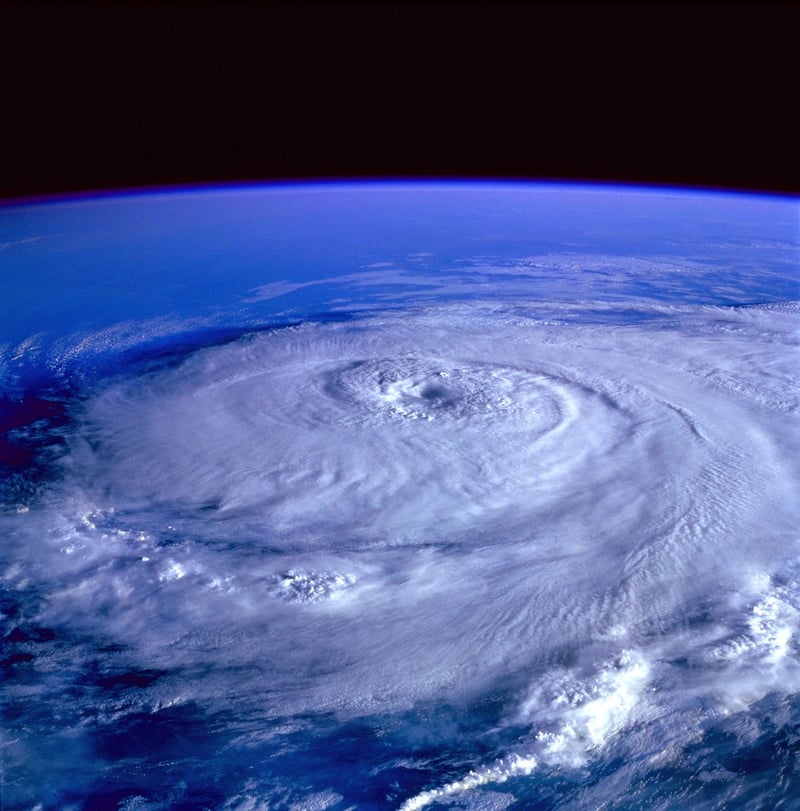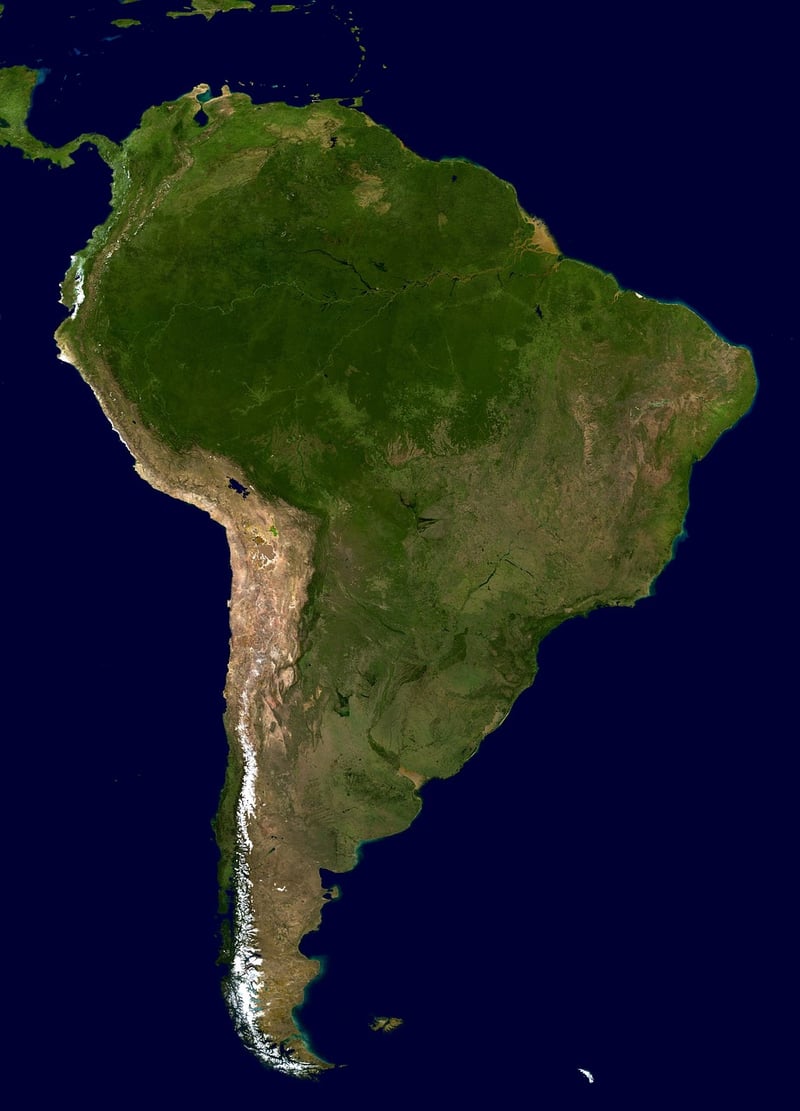Satellite Mapping
Exploring Space Missions and Satellite Mapping
In the vast expanse of space, humanity has launched numerous missions to explore and understand the mysteries of the universe. These space missions have not only expanded our knowledge of the cosmos but have also led to remarkable advancements in satellite mapping technology.
Space Missions
Space missions involve sending spacecraft beyond Earth's atmosphere to conduct scientific research, gather data, and explore celestial bodies. Some iconic space missions include:
- Apollo Program: Known for landing humans on the Moon.
- Voyager Probes: Voyager 1 and Voyager 2, which have left the solar system.
- Mars Rovers: Exploration rovers like Curiosity and Perseverance, studying Mars.
- Hubble Space Telescope: Providing stunning images of deep space.
Satellite Mapping
Satellite mapping involves using satellites orbiting Earth to collect data and create detailed maps of the planet's surface. This technology has revolutionized various fields, including:
- Remote Sensing: Monitoring changes in the environment, agriculture, and urban development.
- Navigation: GPS systems rely on satellite mapping for accurate location tracking.
- Disaster Management: Quick mapping of affected areas during natural disasters for effective response.
Benefits of Space Missions and Satellite Mapping
Both space missions and satellite mapping offer numerous benefits:
- Expand scientific knowledge and understanding of the universe.
- Enable precise mapping and monitoring of Earth's surface.
- Support disaster relief efforts and emergency response.
- Drive technological advancements in various industries.
By continuing to explore space and enhance satellite mapping capabilities, we can further unlock the secrets of the cosmos and improve life on Earth.
Image Source: Satellite Mapping

